Problem Solving Skills For Adults
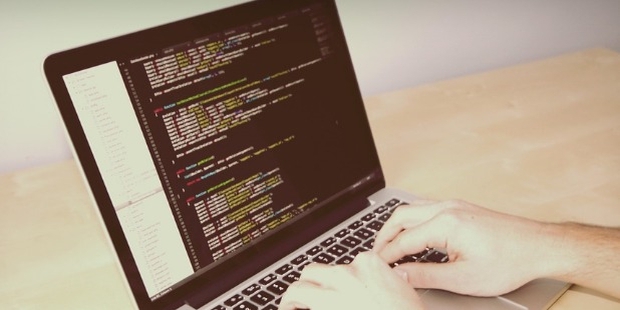
Problem solving is an activity that many of us engage in multiple times each day. Some problems are easy and can be solved instantly others may never be solved. Problem Solving involves includes many levels of complexity. True higher order problem solving is an open-ended process. The usual problems that are presented in life and in work are ill-defined and un-expected. Also there may be multiple possible solutions. The problem is complex .
1. Goals
A goal can be anything that we wish , anywhere that we want to be or something that we want done. For a hungry person , the goal of course is to eat. In case we are a owner of an Organization , our Goal may well be to maximize the profits. To have a Goal is the first step to work for developing skills for achieving the same , that is we have an Aim to work to .
2. Barriers

Barriers are conditions or problems faced by us on the way to our Goal . These are situations or conditions which delay or hamper our progress or growth towards our object , our Aim , our Goal. Like in case we are hungry and wish to eat , the barrier could be – there is no food.
3. Problem Identification
When we talk about skills for Problem solving , we first have a goal then whatever comes as a real hindrance in achieving that Goal is the Problem which needs to be identified calmly and sorted out by solving the same.
4. Structuring The Problem
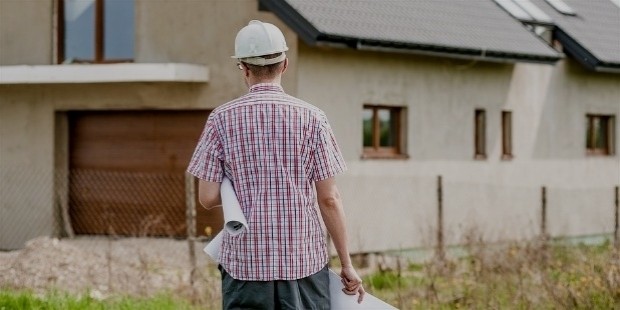
Demonstrate Your Problem Solving Skills
On the way to our Goal , we find there is a Barrier , a problem , we need to carefully study the same at all stages for fact finding and for developing a clear picture of the situation , then only we shall be able to work on it to find the best possible solution.
5. Looking For Possible Solutions
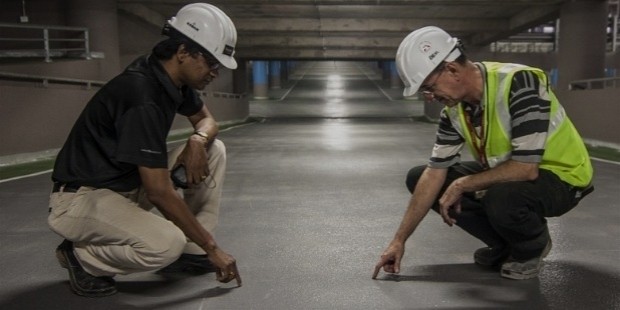
Most of the times the solution to the problem is well hidden in the problem itself and careful observation of the same can get us close to the solution . This situation is often carried out as a brainstorming session which may or may not involve others for their opinions.
6. Making a Decision
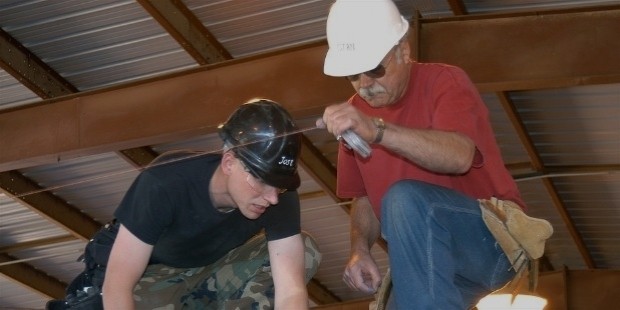
After careful analysis of the possible solutions , we then need to short-list the best solution of the options available and decide on one or more solution which can then possibly remove or solve the Problem. At this stage it is also important to give a thought to all pros and cons of going ahead with the decision.
7. Implementation
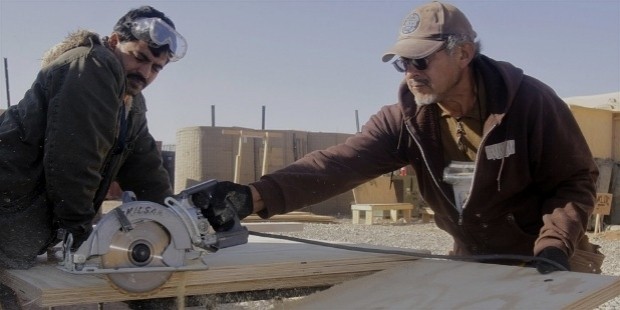
Steps Towards Achieving A Goal
We have a goal , a problem , a possible solution , and have short-listed and decided on the best possible one to tackle the problem, now it is the time to implement the same by accepting and carrying out the chosen course of action.
8. Monitoring / Seeking Feedback
Productivity While Working From Home
All done we look forward to the aftereffects of the solution we have implemented. Have we done our home-work fully or left out some un-considered issues , it is now that we shall know about that. In case of failure to sort out the problem we must go back to the stage where we may have other options which we left out or re-consider the side effects afresh generated by the solution.
9. Switch of Thought Process
In an eventuality of failure to resolve the problem one may have to take an extreme step of changing the entire thought process as what was assumed was not correct or there was a piece of information mis-interpreted or wrongly conveyed.
10. Intuition

This is the ability to draw conclusions based on feelings rather than hard facts . Some people rely more on this as it is a characteristic of right brain thinking. It could also result in creation of new meaningful ideas or concepts.
Analytical and logical thinking also includes skills such as ordering, comparing, contrasting, evaluating and selecting. It also provides a logical framework for problem solving and helps to select the best alternative from those available by narrowing down the range of possibilities. This may result in a faster solution for us to an impeding problem.













